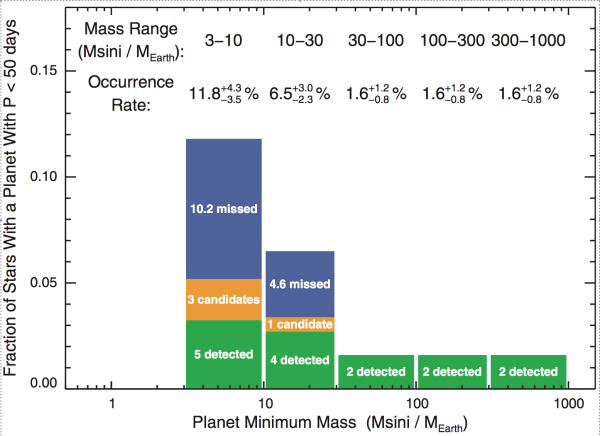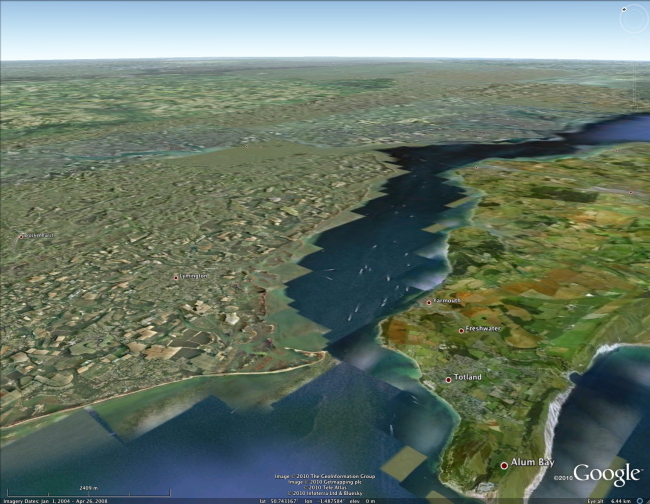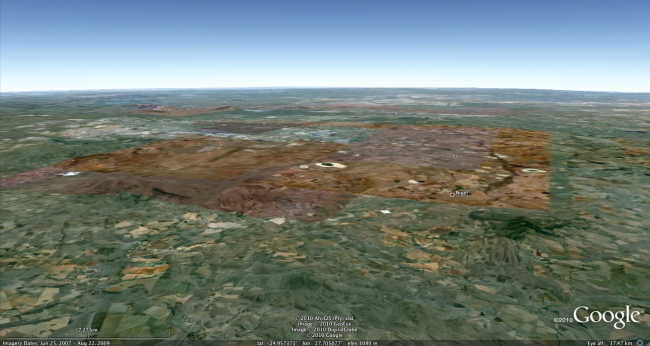![]()
![]() For geology bloggers, one of the most interesting, and encouraging, things about 2010 was that two big geological organisations – the Geological Society of America and the American Geophysical Union – have started to grasp, and exploit, the potential of blogging and social media for science outreach and communication. Both are active on Twitter (GSA, AGU); the GSA has a group/guest blog, Speaking of Geoscience; and the AGU recently launched its own blog network. This recognition is an important step in encouraging wider acceptance of blogging in the geological community, and will hopefully encourage further growth of the geoblogosphere in the future.
For geology bloggers, one of the most interesting, and encouraging, things about 2010 was that two big geological organisations – the Geological Society of America and the American Geophysical Union – have started to grasp, and exploit, the potential of blogging and social media for science outreach and communication. Both are active on Twitter (GSA, AGU); the GSA has a group/guest blog, Speaking of Geoscience; and the AGU recently launched its own blog network. This recognition is an important step in encouraging wider acceptance of blogging in the geological community, and will hopefully encourage further growth of the geoblogosphere in the future.
In a further encouraging step, the AGU is holding a blogging workshop at next week’s 2010 Meeting in San Francisco. From the AGU meeting website:
Writing a science blog can help you spread the word widely about your research, engage those who share your scientific interests, enhance your ability to communicate about science you care about, and more. But a blog can also become a time sink, expose you to criticism, and otherwise spell trouble unless some simple cautions and good practices are followed. Learn why and how to successfully blog and use social media to create community —without the pitfalls— from a panel of experienced bloggers from academia, government, and the private sector.
If you look at the list of panelists, you’ll see that both of your friendly Highly Allochthonous bloggers are going to be there, as well as Brian Romans, Erik Klemetti, Jessica Ball, and Cian Dawson.
Our part of the discussion will explore how a blog is a tool that can be used in several distinct ways, and address a range of difference audiences depending on one’s particular goals and preferences. Your goals could be public outreach, for yourself or your organisation; promoting discussions amongst peers, either in your lab group or the wider world; personal development of your writing and teaching skills.
One important facet of this is that your goals and strategy may vary depending on your career status. A grad student or post-doc might be looking to engage with a different audience than a more senior faculty member, or someone who works in government or industry. This seemed like an area where some actual data would be useful, so Anne has put together a brief online poll to get some idea of why people blog. It’s only one question, and we invite anyone who blogs about subjects relevant to the AGU to take part.
CLICK HERE TO TAKE THE SURVEY
Another thing we think we’d like to touch on is how your aims, your strategy, and your audience, may evolve (or co-evolve) with time. For example, Chris started Highly Allochthonous to develop his writing skills; but as he gradually built an audience and achieved quasi-stable employment in research, the outreach and peer interaction became far more important to him. We wonder if other people have seen their goals change over time? If so, perhaps you could discuss how in the comments. Hopefully some readers will also be able to join what looks to be an interesting discussion in San Francisco next Thursday afternoon.









Nice plan for content warnings on Mastodon and the Fediverse. Now you need a Mastodon/Fediverse button on this blog.